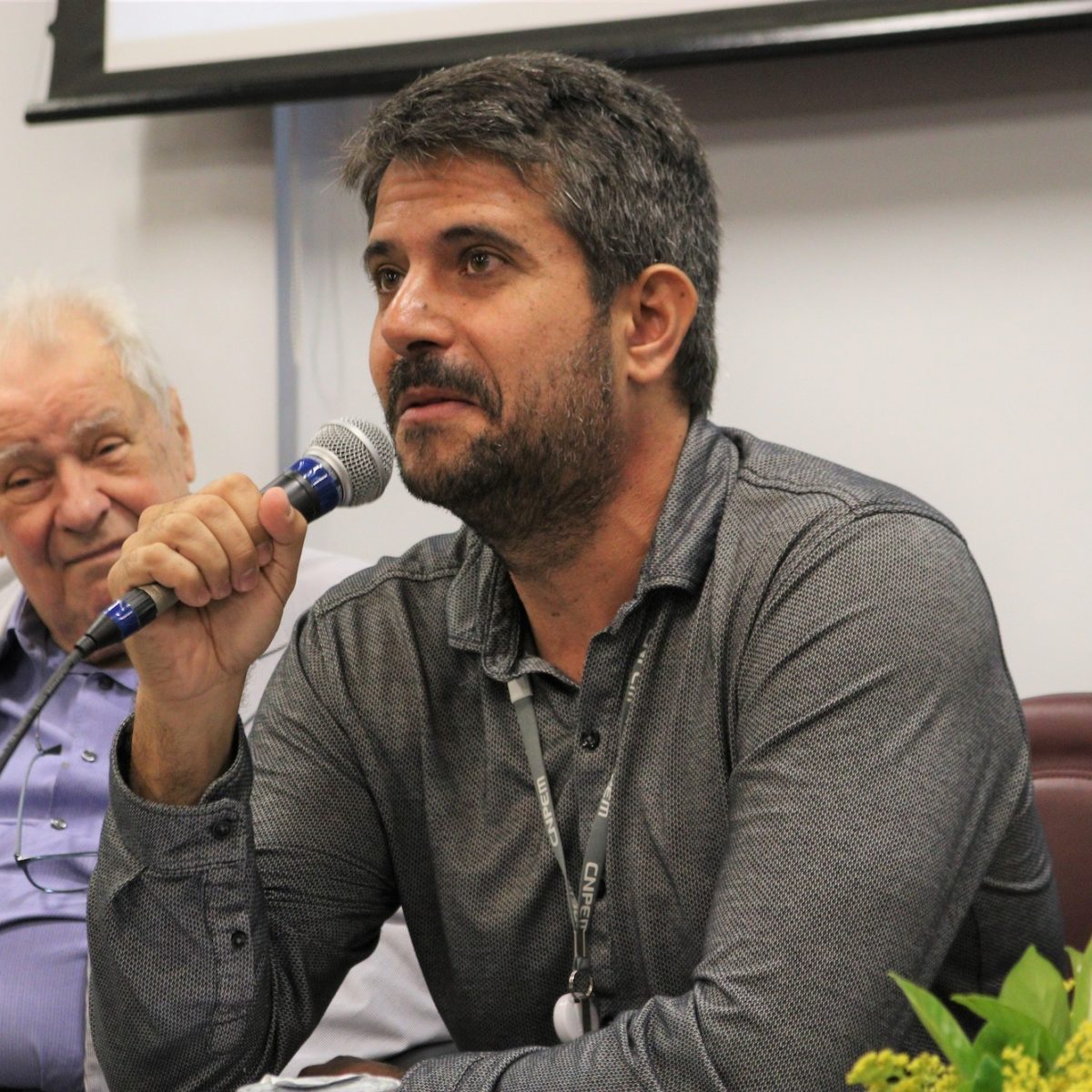
Harry Westfahl Junior has served as LNLS’ scientific director since 2013, and coordinates Sirius’ beamline design and construction
The new director of the Brazilian Synchrotron Light Laboratory (LNLS), Harry Westfahl Junior, took office on January 13th, at a ceremony held at the Brazilian Center for Research in Energy and Materials (CNPEM). Westfahl has worked in CNPEM since 2001, and, for the last seven years, held the position of LNLS Scientific Director. Westfahl succeeds French physicist Yves Petroff, one of the world’s leading synchrotron light experts.
During the inauguration ceremony, CNPEM Director-General Antonio José Roque da Silva highlighted the competence of the new director: “At this key moment for the institution, in which we will have to structure the start of operations at Sirius, Harry’s experience, competence, and multidisciplinary background will be a key factor. ”
Who is Harry Westfahl Junior?
Westfahl holds a PhD in Physics from the State University of Campinas, Brazil, completed in 1998. From 1998 to 2000, he served as a postdoctoral researcher at the University of Illinois, in Urbana-Champaign, under the supervision of Anthony James Leggett, Nobel Laureate in Physics in 2003. He then served as a postdoctoral fellow at the DOE’s Ames Laboratory until 2001.
Harry joined the LNLS in 2001. From 2004 to 2009, he was the manager of LNLS’ beamline R&D program and in 2009 became coordinator of LNLS’ X-ray scattering beamlines. In 2013, Harry took over as LNLS’ scientific director. He has also coordinated the design and construction of the first beamlines of the new Brazilian synchrotron light source, Sirius. Westfahl is an expert in the use of synchrotron radiation for the study of materials and condensed matter physics, with an emphasis on polymers and magnetic materials and the development of instrumentation for synchrotron light.
Ricardo Rodrigues could unite enthusiasm, creativity, technical and scientific knowledge
Two days after storing electrons in Sirius’ storage ring, the team have performed the first x-ray microtomography analysis at the new source